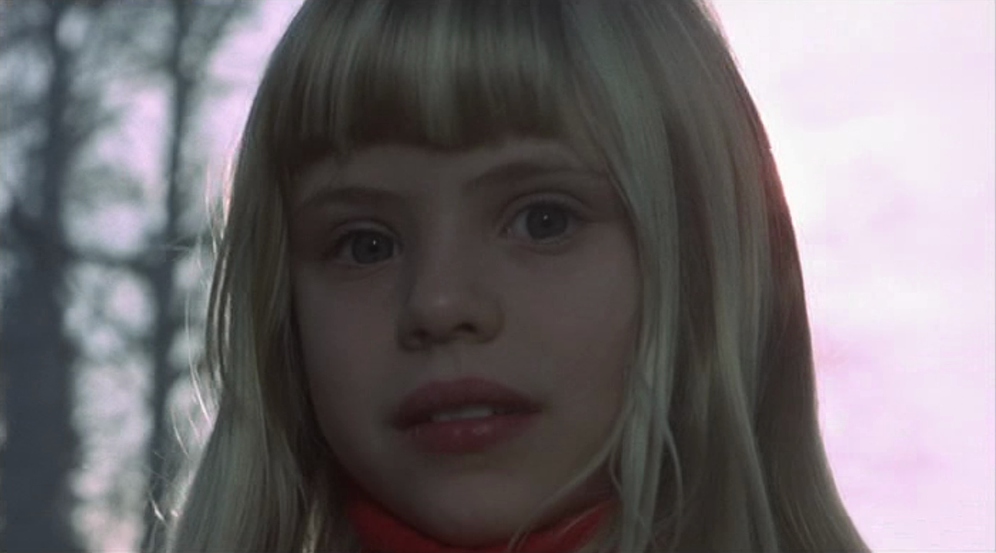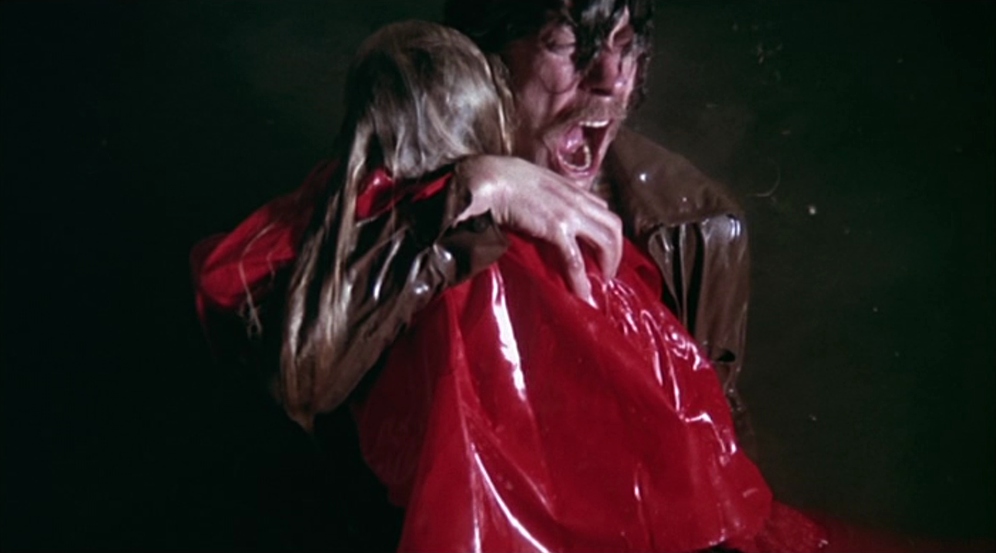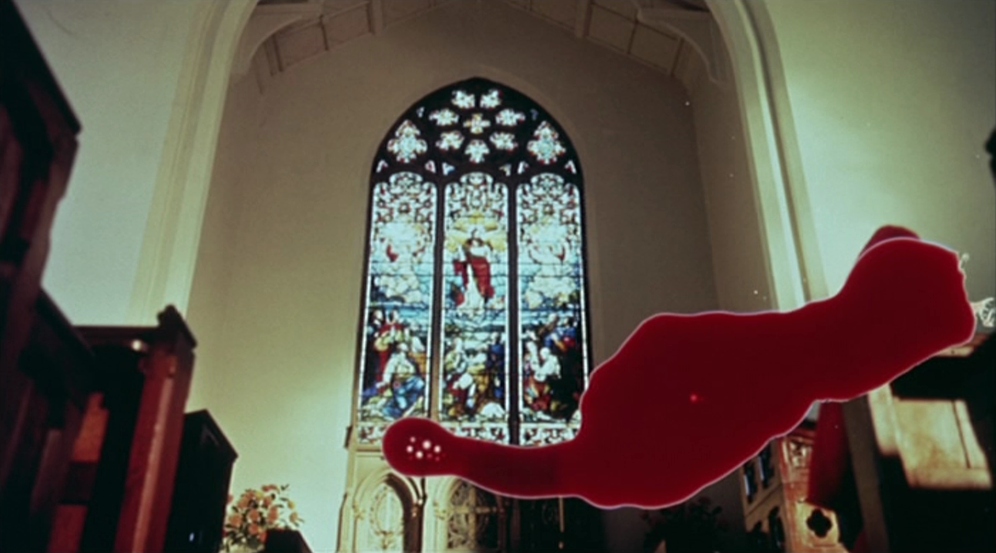
There are some films that haunt you long after the credits roll, not with jump scares or explicit gore, but with a cold, insidious dread that seeps into your very bones.
Nicolas Roeg’s 1973 classic, Don’t Look Now, isn’t just a ghost story; it’s a chilling, almost clinical, psychoanalysis of grief, denial, and the terrifying, self-destructive power of a mind refusing to see. This is the kind of horror that doesn’t just scare you; it infects you.
The opening of Don’t Look Now is a gut punch, a masterclass in foreshadowing and immediate trauma. The serene, almost idyllic English garden; the red raincoat of little Christine; the overturned glass of water, spilling like a premonition of spilled life. It’s all meticulously crafted to imprint a primal wound onto the viewer, a wound that festers and dictates every single, agonizing frame that follows. We watch John (Donald Sutherland) pull his drowned daughter from the pond, a silent scream of agony etched onto his face. From that moment, the film tells us: nothing is safe, and innocence is a lie.

John and Laura (Julie Christie), shattered by their loss, flee to a desolate, wintry Venice. But this isn’t a city of romantic canals and sun-drenched piazzas. Roeg’s Venice is a labyrinthine, decaying tomb, shrouded in mist and shadow, its ancient stones weeping moisture and secrets. It’s a psychological landscape, a physical manifestation of the couple’s fractured minds. Every narrow alley, every murky canal, every peeling fresco whispers of decay, death, and things unseen. It’s the perfect setting for a descent into madness.
Laura, desperate for solace, clutches at the supernatural, finding fleeting comfort in the blind psychic Heather and her sister. She wants to believe Christine is still communicating, still happy. This is a common coping mechanism for grief – the search for a connection, for meaning in the senseless. But John, the rational architect, tasked with restoring a crumbling church, tries to impose order on chaos. He denies his own burgeoning psychic flashes, those insidious glimpses of a red-clad figure that echo his daughter’s death. He’s building walls around his grief, brick by painstaking brick, even as the very foundations of his sanity are being undermined.

Here’s the insidious psychoanalysis: John’s denial isn’t just skepticism; it’s a profound self-sabotage. He sees the signs, the red coat recurring like a bloody stain on his peripheral vision, the ominous warnings from the psychics, the fragmented flashes of a grotesque future. But he interprets them through his rational, earthly lens, desperately trying to construct a logical narrative for an illogical horror. He sees a child in danger when it’s a harbinger of his own doom. He believes Laura is in peril when, in a chilling temporal twist, he is seeing her at his own funeral.
The infamous love scene, intercut with the mundane act of dressing afterwards, isn’t just explicit; it’s a jarring juxtaposition of life and death, intimacy and detachment. It’s a desperate attempt at re-connection, a fleeting warmth in a world growing colder, but even in that act of physical union, the film reminds us of the inevitable separation, the inexorable march of time towards oblivion. It’s an agonizing reminder that even passion is temporary, fleeting, and ultimately, unable to outrun fate.

As John chases the elusive red figure through Venice’s decaying heart, he isn’t just pursuing a mystery; he’s pursuing his own repressed trauma, his unacknowledged guilt, his fatal inability to look now at the terrifying truth that’s been screaming at him all along. The final, horrifying reveal of the diminutive figure is not just a shocking twist; it’s a grotesque mockery of his rational worldview, a cruel cosmic joke. His death is not random; it’s the culmination of a self-fulfilling prophecy, driven by his own psychological blind spots.
Don’t Look Now forces us to confront the terrifying notion that sometimes, the only monster is the one we refuse to see in ourselves. It’s a brutal, relentless examination of how grief can warp perception, how denial can lead to destruction, and how the past, when unaddressed, can stalk us into a future we desperately try to avoid. It’s a film that peels back the layers of a decaying psyche, revealing a chilling truth: you can run from a ghost, but you can never escape the specter of your own unexamined soul.
And that, for a true horror fanatic, is far more terrifying than any slasher.




